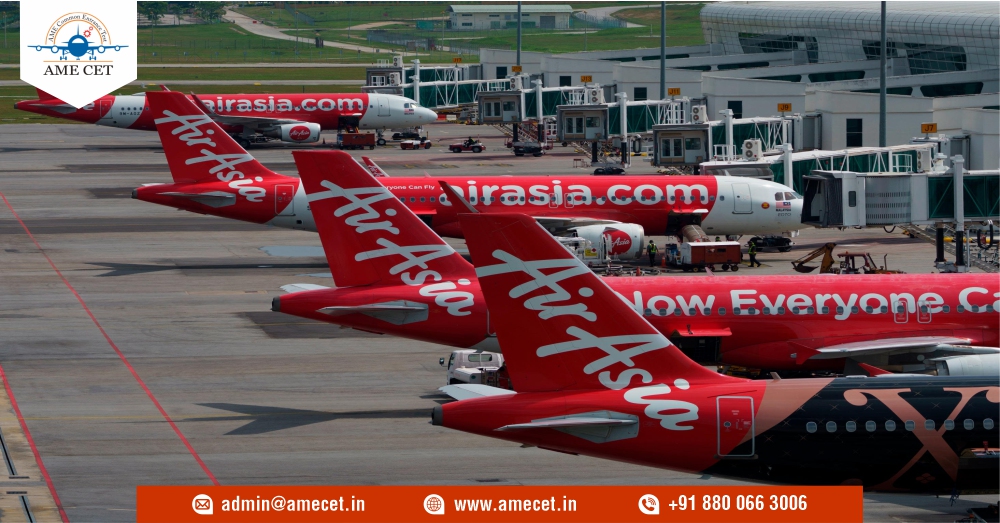
AirAsia has unveiled an extensive strategy to completely revive its fleet of 204 aircraft by the close of this year. This ambitious initiative has received a significant boost thanks to a renewed collaboration with CFM International, its trusted engine supplier with a long-standing history.
CFM International has taken on a crucial role as a cornerstone partner in bolstering AirAsia's recovery strategy. A central component of this collaboration involves CFM's dedication to improving fleet reliability through on-site assistance and continuous virtual monitoring of AirAsia's LEAP-1A engines, available around the clock.
This level of commitment is poised to be a game-changing factor for AirAsia, serving as the vital catalyst for the complete reactivation of its entire fleet across the organization.
The reactivation of 200 aircraft by AirAsia by the end of the year would likely create a significant number of jobs across various sectors and roles within the aviation industry. Here are some of the jobs that could be generated or affected by such an initiative:
-
pilots: Reactivating and operating a large number of aircraft would require a substantial increase in pilot recruitment, including captains and first officers.
-
cabin crew: The expanded fleet would need more cabin crew members to ensure the safety and comfort of passengers.
-
aircraft maintenance Technicians: Additional aircraft in operation would necessitate a larger team of maintenance professionals to keep the planes in optimal condition.
-
Ground Crew: More aircraft would mean an increased need for ground crew personnel to handle tasks such as baggage handling, aircraft marshaling, and refueling.
-
Air Traffic Controllers: Increased air traffic would put additional demands on air traffic controllers to manage the flow of aircraft in and out of airports.
-
Airport Staff: Airports may need to hire more staff to handle the higher passenger and aircraft volumes, including check-in agents, security personnel, and customer service representatives.
-
Aircraft Manufacturing and Suppliers: The reactivation could also boost the demand for aircraft manufacturers and their suppliers, potentially creating jobs in these industries.
and many more...
Category
-
Aircraft Maintenance Engineering (DGCA) (62)
-
(269)
-
Cabin Crew (1)
-
Aerospace Engineering (3)
-
Aeronautical Engineering (2)
-
Airport Management (5)
-
Aircraft Maintenance Engineering (EASA) (6)
-
Airport Ground Staff (1)
-
Commercial Pilot License(CPL) (51)
-
Aircraft Maintenance Engineering (BTech/BE) (1)
-
B.Sc. in Aviation (1)
-
AME CET (5)
